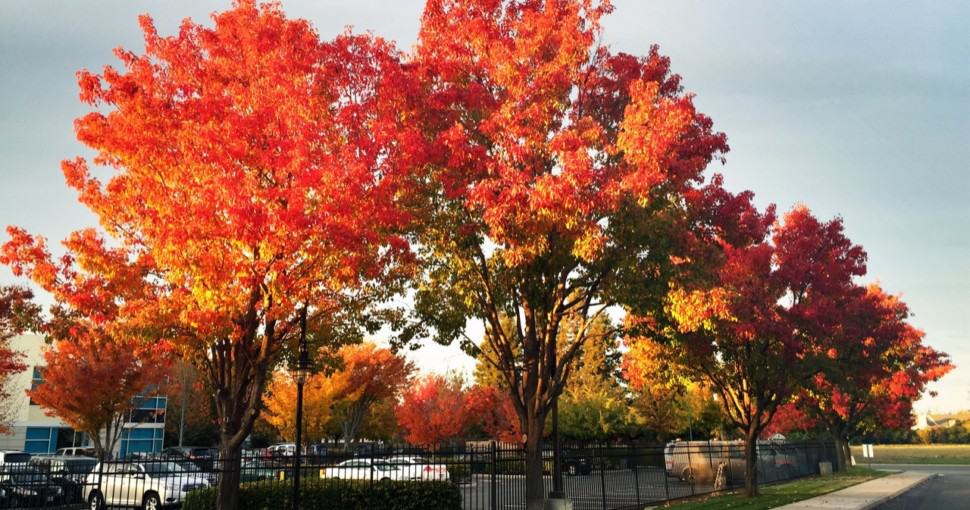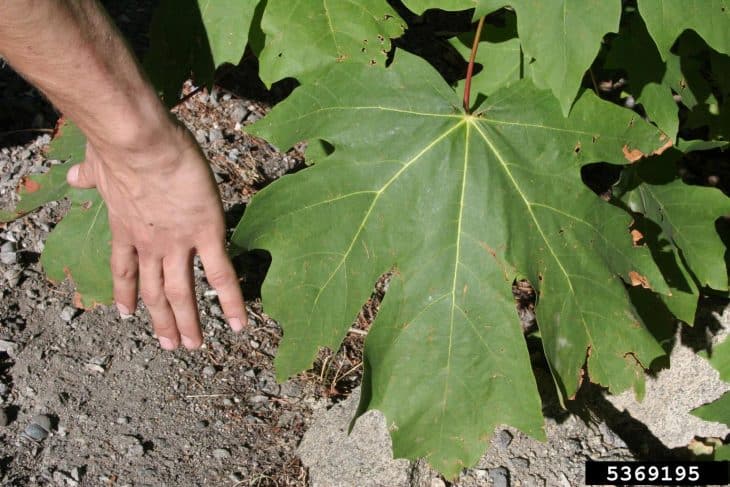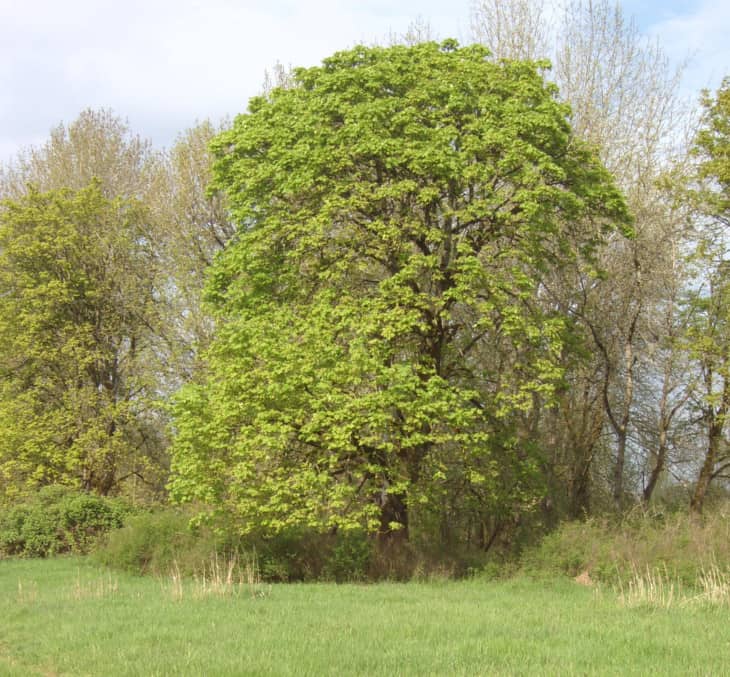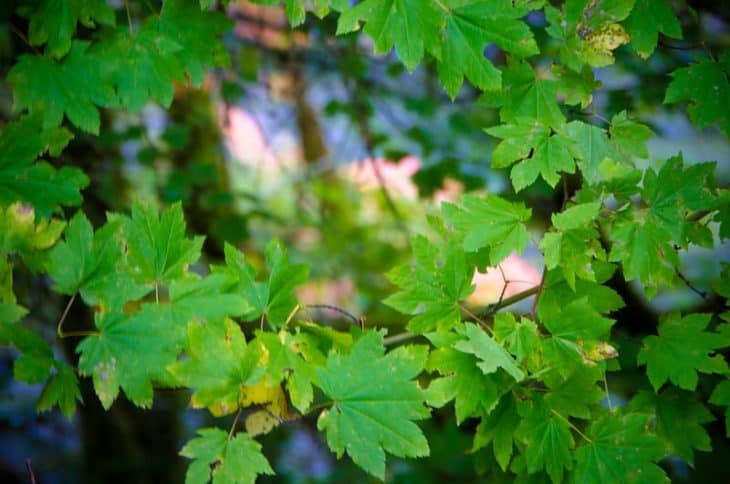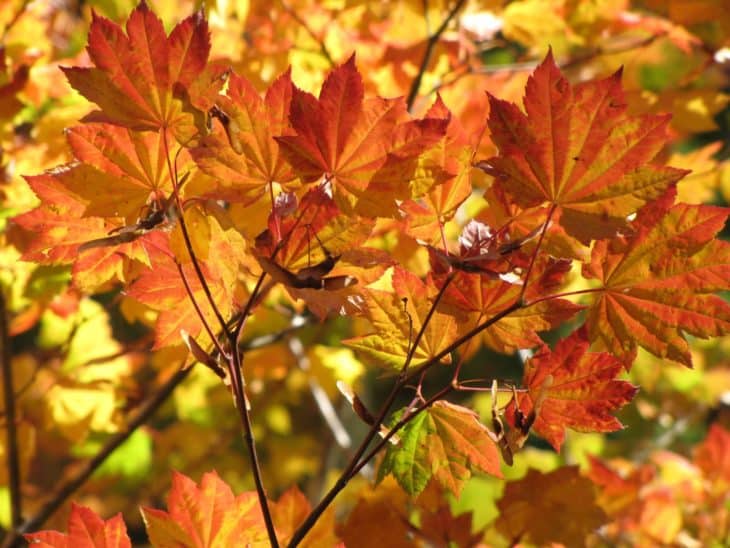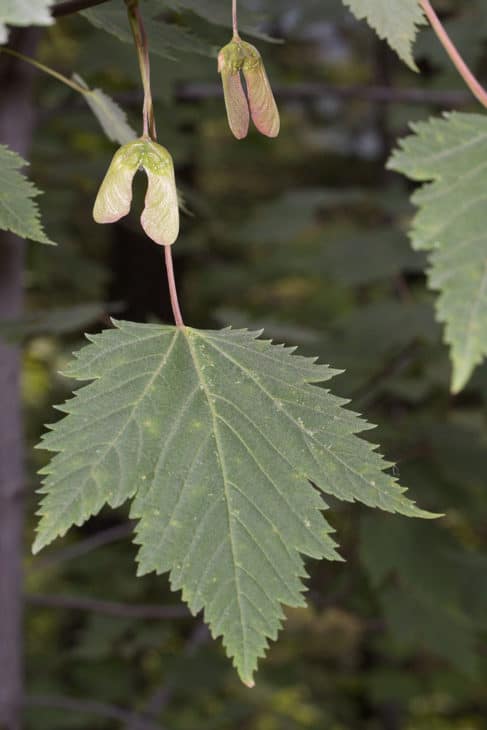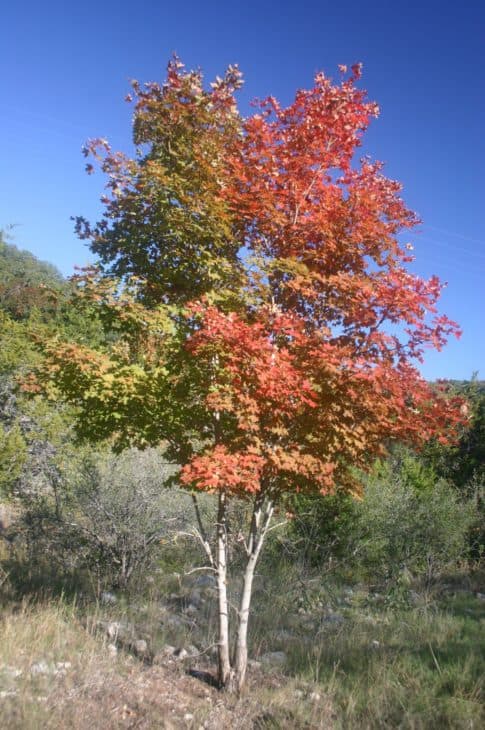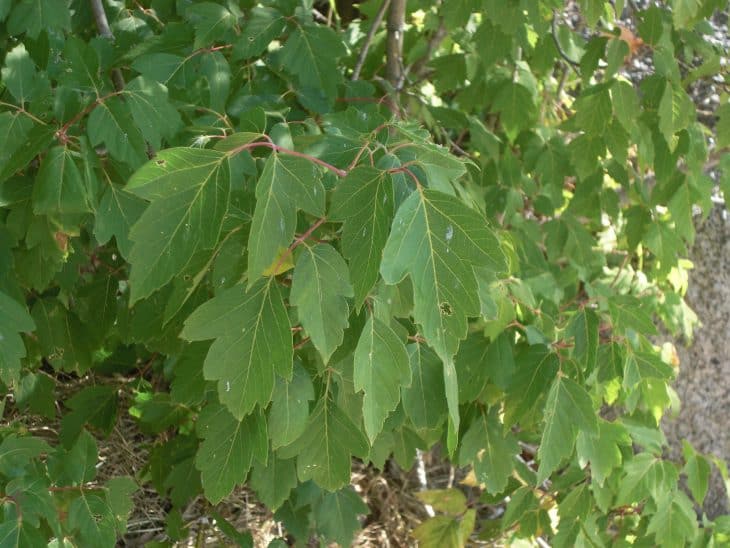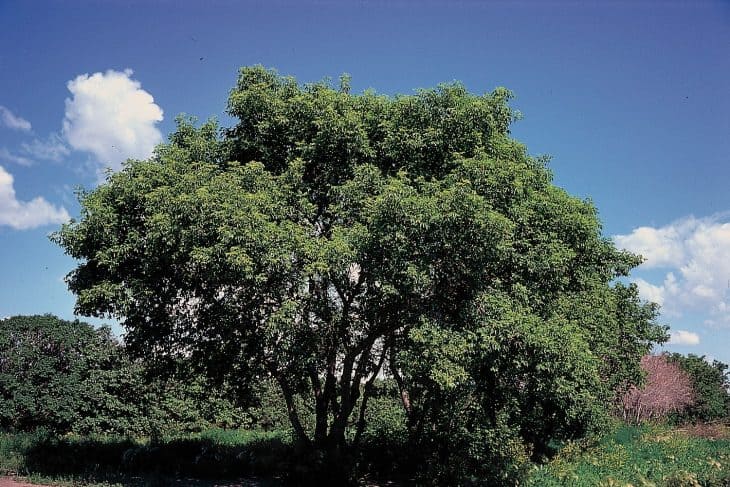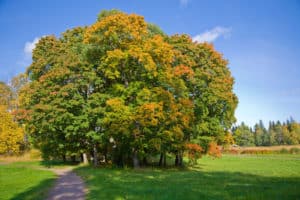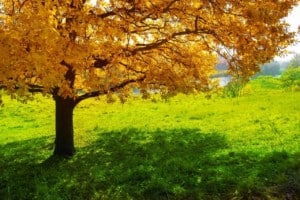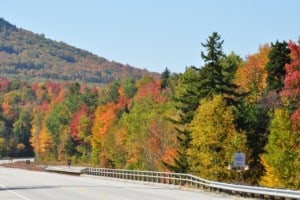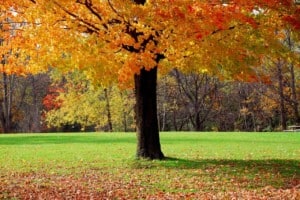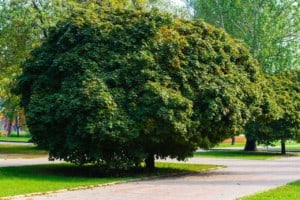There are over 100 species of maple trees, which fall into the genus Acer. They can be found all over the globe, and the majority of them are deciduous, i.e., they lose their leaves each fall. The majority of maple species are native to Asia, but several can be found in North America.
Contents
California’s national forests are exemplary of the state’s natural landscape and pristine wilderness. They feature some of the oldest and tallest trees in the country, including the world’s biggest and tallest tree, the Hyperion redwood, and the General Sherman giant sequoia. There is an abundance of pine trees in california, and even oak and maple trees.
Maples are popular as shade, sidewalks, and specimen trees, and many people choose to plant them for these reasons. The autumn colors of maples are well-known; several species put on a show of yellows, browns, oranges, and reds each year.
Many trees seem to have leaves that are a combination of these hues. Several maples also can withstand drought, which is a desirable characteristic. They are typically deciduous woody plants ranging from small shrubs to towering upright trees with gigantic trunks.
Maple trees range in size from short to tall, with some species reaching heights of less than 10 feet to some well above 100 feet. Even though each species’ leaves, growth pattern, size, and climatic preferences differ, most maples share a set of features. Most maples, for instance, have alternately oriented leaves with palmate leaflet veins.
The Bigleaf Maple, Vine Maple, Mountain Maple, and the Box Elder Maple are common in California. We will discuss each one below.
1. Bigleaf Maple (Acer macrophyllum)
Bigleaf maples, along with many other Californian trees, are drought tolerant once mature. Bigleaf maples are modest trees that can grow to be about 50 feet tall in the wild. The distinctive leaves of the plant can grow up to 1 foot in width. Its flowers are greenish-yellow and dangle in clusters when they bloom in March and April.
2. Vine Maple (Acer circinatum)
The vine maple grows as high as 20 to 30 feet, and flowers in spring with yellow-green blossoms. Its foliage is trifoliate, meaning the leaves have three sections. The leaves are less like traditional maple and more like those of ivies and ash trees. Fall leaves appear in a variety of colors, from plain green to tones of red and yellow.
3. Mountain Maple (Acer glabrum)
The Mountain Maple is a native shrub or tree of 10 to 25 feet grown in northern, central, and southern California. Initially, the bark is thin, drab gray-brown, and smooth, but it soon becomes scaly. The sap contains sugar which can be used to produce maple syrup when processed. Its greenish-white to yellow flowers bloom in June and July.
4. Box Elder Maple (Acer negundo)
Box elders are invasive, short-lived trees, growing up to 50 to 70 feet, known for their ash-like foliage. Box elders are also called ash-leaf maples due to their pinnately complex leaves. Its flowers are yellow or green and appear in the spring season. Box elders are among the handful of dioecious maple species, i.e., blossoms can be male or female, but not both.

